Cairn Terrier
The Cairn Terrier is a Scottish dog breed developed with a specific goal in mind - vermin control. These dogs are incredibly brave, tenacious, and smart. They can work independently and are great at the task they were created to do. The modern-day breed still has the characteristics of the original Cairn Terriers. The breed is still used in Scottish farms and fields to control pests and other vermin.
These dogs can work independently, which is one of their main characteristics. They are also friendly, sensible, and can quickly adapt to any sort of living conditions. The modern Cairn Terrier is primarily a pet, which is a lifestyle they have accepted graciously. Their energy levels stay intact, and even though they are not working, they need vigorous playing sessions or other constructive energy outlets to prevent destructive behavior.
They don't like to be left alone and can suffer from separation anxiety if they are away from their family for too long.

Height:
9,5–10 in (24–25 cm)

Weight:
13–14 lb (6–6,5 kg)

Origin:
Great Britain

Life Expectancy:
13-15 years
Dog Breed Characteristics
Appearance
There is a distinct "stop" to the head, and the muzzle is strong but not excessively long. The breed's large teeth, which are only noticeable when the lip is lifted, are one of the breed's unique characteristics. Bushy and prominent "eyebrows," along with hazel eyes, are positioned slightly farther back in the skull. Cairns have a curious look on their face as if they're waiting for an answer to a question they've never asked. The small, upright ears, ever alert to the slightest noise, add to this impression.
The breed should have a strong, level back and a vigorously active tail, which should be carried horizontally. It should be well-muscled but not bulky. The breed's front paws are usually slightly larger than the hind paws, allowing it to dig for prey in keeping with its hunting dog heritage.
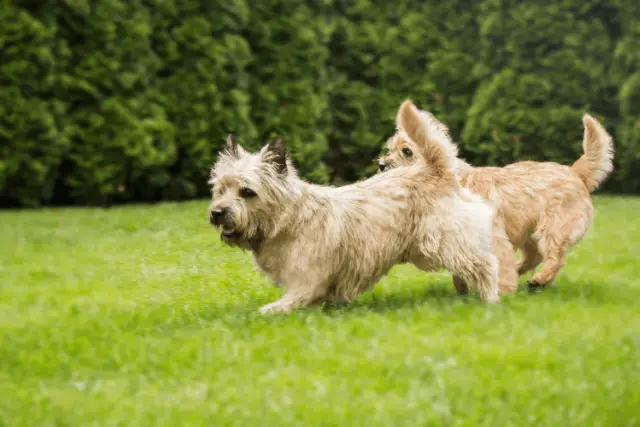
Coat type and color
The Cairn's wiry coat and sometimes erratic coloration can make it appear unkempt. The shorter, softer undercoat is hidden beneath the thick, coarse outer coat of primary hair. The breed's standard accepts the following colors:
- Cream
- Wheaten
- Red
- Grey
Solid black/white and black and tan colors are not permitted for showing, but "nearly black" is. Cairns can have brindle coats, which gives them a "salt and pepper" appearance. All colors except pure white are allowed in the United States.
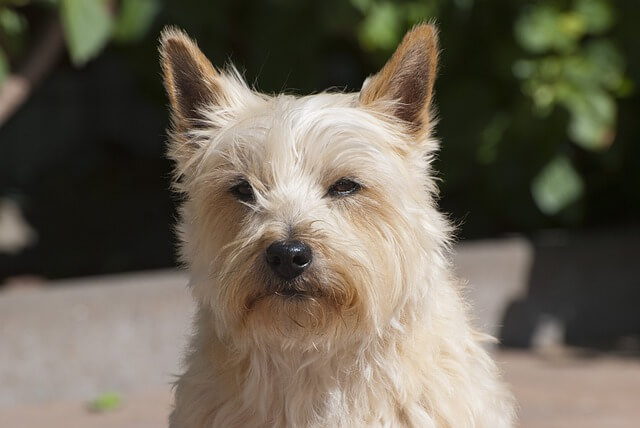
Temperament
Cairns are known for their boundless energy and zest for life. When faced with larger dogs or even humans threatening them, these terriers have no qualms about rising to the occasion. Even though they are strong-willed and assertive dogs, aggression toward humans is rarely a problem. However, puppies need to be trained and socialized to avoid any issues in the future. These dogs will have no issues with becoming a family's "top dog." That position should be reserved for an actual human being.
Even though Cairns can spend long periods of time outdoors and are extremely hardy, they thrive when they are in constant or near-constant contact with their owners. It's ideal for an indoor lifestyle because they shed very little most of the year. They would love to keep an eye on everything in the house. Leaving them alone for too long can damage furniture or other property because they are prone to separation anxiety.
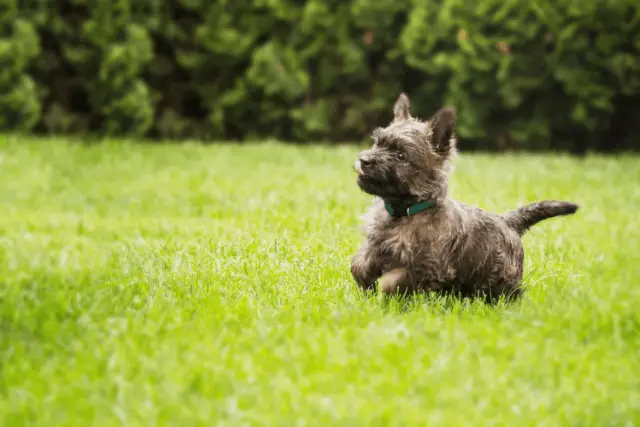
Scolding can cause them to become extremely irritated, as they are known to be highly intelligent and sensitive. It is common for dogs to "sulk" for long periods if they are not allowed to go for a walk or get a treat. They should not be left alone with cats or other small animals unless they have gotten to know each other well.
Care guide
These active dogs were bred for hard work, but these days, they are primarily family pets. That means the Cairn Terrier care guide changed. These dogs require regular grooming, training, socialization, and a decent amount of exercise. Here are the most important things Cairn Terrier owners should know.
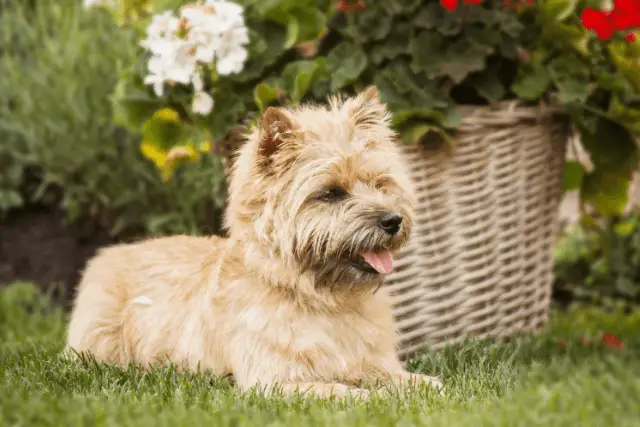
Grooming
Grooming is a breeze with Cairn Terrier's coat. A thorough brushing once a week and occasional bathing is required to keep them looking good. The coarse coat of a Terrier can be softened by frequent bathing. The soft coat of a pet Cairn may not be harmful to the dog, but the physical appearance of a show Cairn is diminished by it.
The Cairn needs a little trimming, but not to the point of radically altering the breed's hairstyle. To be a show dog, the coat should not be trimmed with clippers but shortened or shaped with a stripping knife. Having a professional trim with clippers two to three times per year is sufficient for a family pet; however, keep in mind that this practice will soften the breed's naturally coarse coat.
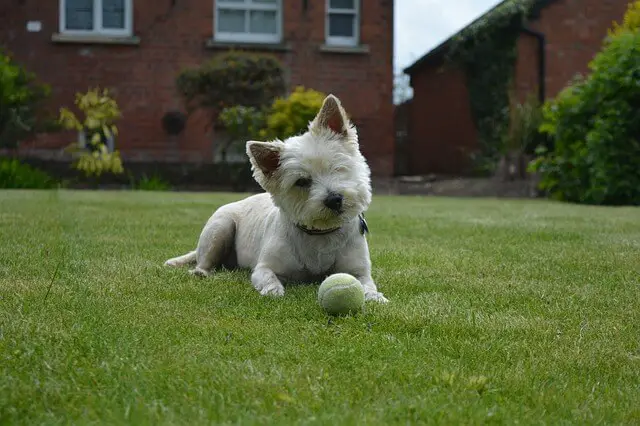
Ideally, you should brush your Cairn's teeth at least twice a week to prevent tartar buildup and the bacteria that thrive there. Gum disease and bad breath can be prevented by brushing your dog's teeth at least twice a week.
Avoid painful infections and other problems by regularly trimming your dog's nails, which you should do if they don't wear them out naturally. They're too long if you can hear them clicking on the floor. Your dog's toenails have blood vessels, so make sure you don't cut too far. If you're not entirely sure how to do that, check out this helpful GUIDE.
To prevent ear infections, the dog's ears should be checked for redness or a bad odor every week. Using a cotton ball dampened with pH-balanced ear cleaner to clean your dog's ears can help prevent infections. The outer ear should be cleaned, not the ear canal, and never insert anything in the ear canal.
Training
Training a Cairn Terrier can be challenging despite their obvious intelligence. Keeping a Cairn in check while out for a walk can be a challenge, especially if other dogs are around to provide additional excitement and distractions.
It is highly recommended that Cairn puppies learn the basics of recall and obedience as soon as possible. Mealtimes are ideal for practicing this because pups are more likely to comply with commands like "come" and "sit" in exchange for food and because there are fewer distractions.
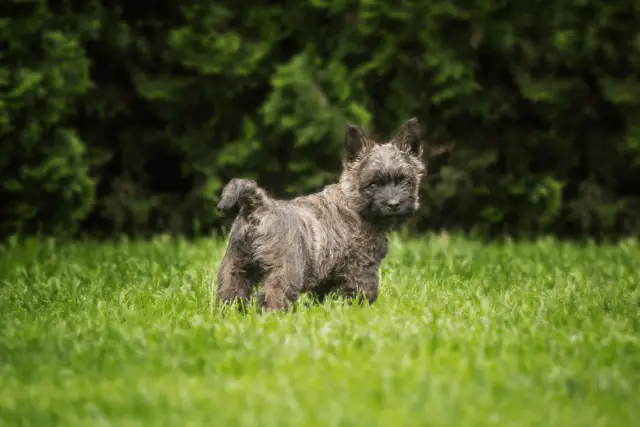
It's a different story regarding picking up on tricks and games, though. Cairns enjoys these activities for the people-watching and stimulation they provide. With the right motivation, a Cairn will happily learn to dance, "speak," or perform other tricks in exchange for delicious treats. Beyond the apparent benefits of amusement, these frivolous pursuits help to strengthen the bond between dog and owner.
Exercise needs
In order to maintain a happy and healthy lifestyle, the Cairn Terrier requires some daily exercise, although not too much. Set aside 30 to 60 minutes daily for physical activity, which can be accomplished through daily walks or backyard playtime.
Socialization
The socialization process is crucial for all dogs, no matter how big or small they might be. In fact, many dog owners don't feel their small dogs should get the same amount of socialization as large dogs, which is, of course, not true. Cairn Terriers should be properly socialized, and that process can start from the moment the puppy arrives at your home.
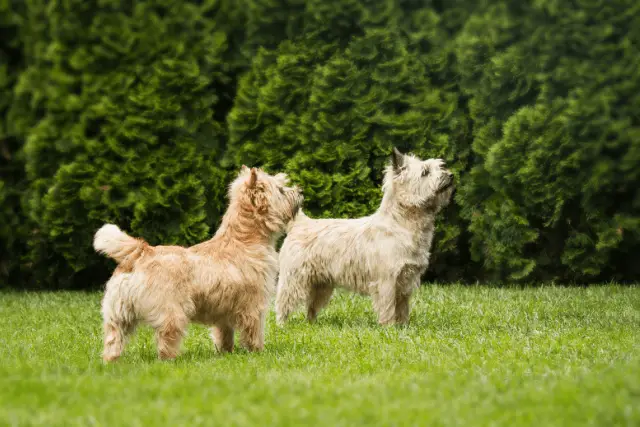
Introduce your puppy to various sights, sounds, and situations so they know how to handle them in the future. As soon as the puppy is fully vaccinated, you can take them out to meet other dogs and people. Make sure your Cairn puppy has a positive experience, and you will ensure their healthy mental development. The more socialized your dog is, the better pet they'll become.
Cairn Terriers and kids
The Cairn Terrier is a family dog that gets along well with children. They relish the chaos that comes with having children around. The Cairn Terrier is a great playmate for your children because of its high energy level. However, you should teach your children how to interact with the dog safely and responsibly. Because the Cairn Terrier is so small, overzealous children can easily harm it.
Cairn Terriers and other pets
Cairn Terriers are natural vermin controllers, so mixing them with pets like bunnies, guinea pigs, or hamsters is not the best idea. Their instincts will take over, and an inevitable chase will most likely result in your Cairn catching and killing rodents. These dogs can get along with other dogs. If you have other pets, the Cairn must be carefully socialized early on.
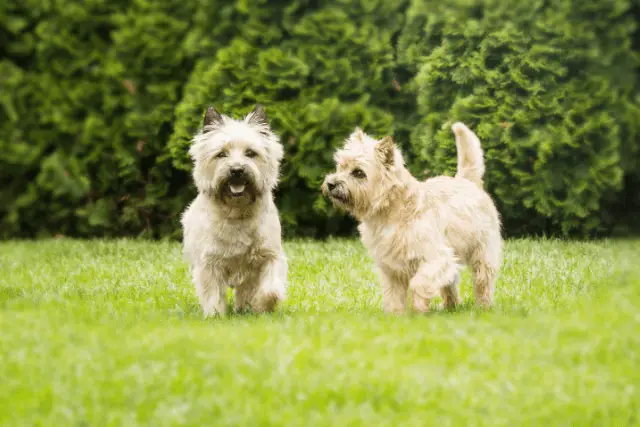
Health
Because of their unique genetic makeup, Cairns can develop various health issues. If you're considering getting a Cairn Terrier, knowing about these diseases is important. This breed has a typical lifespan of 13 and 15 years, but individual dogs can live much longer if their owners properly care for them. The following are some of the ailments that veterinarians and dog owners have observed in this breed:
- Hypothyroidism - Weight gain, fatigue, thinning hair, and reproductive problems can all be symptoms of hypothyroidism.
- Multifocal retinal dysplasia - Visual impairment due to abnormal development of sensory tissues in the back of the eye.
- Inguinal hernias - Female Cairn Terriers are prone to inguinal hernias. A soft, fatty lump can be seen or felt in the groin and, with gentle pressure, may be reduced into the abdomen.
- Cerebellar hypoplasia - Cerebellar hypoplasia is a condition of an underdeveloped cerebellum. Puppies with this condition will have walking and coordination issues.
- Progressive retinal atrophy - Vision gradually deteriorates as the eye's sensory nerve tissues degenerate.
- Diabetes mellitus - When the pancreas fails to produce insulin, the body's cells cannot absorb glucose.
- Hemophilia - Cairns are susceptible to various hemophilias because they lack clotting factors in their genes.
- Lens luxation - The eye's lens can become dislodged and move between the two chambers of the eye due to weak attachments.
- Craniomandibular osteopathy - Excessive bone growth in the jaw causes pain and decreased jaw mobility, also seen in West Highland White Terriers.
- Cystinuria - Because of abnormal protein metabolism in many Cairns, cysteine (an amino acid) is frequently found in their urine.
- Von Willebrand's Disease - Like hemophilia, VWD is caused by abnormal platelet function, which initiates clot formation.
- Globoid cell leukodystrophy - One of the most common causes of nerve dysfunction is the abnormal development or functioning of globoid cells in the brain's white matter.
- Lysosomal storage disorders - Abnormal neurologic function caused by the buildup of cellular waste in nerve cells.
- Pyruvate kinase deficiency - This enzyme is missing from the surface of red blood cells in dogs with the condition. Anemia caused by the breakdown of these cells is called hemolytic anemia.
- Patellar luxation - When the patella in one or both legs pops out of its usual position. This is a genetic disorder.
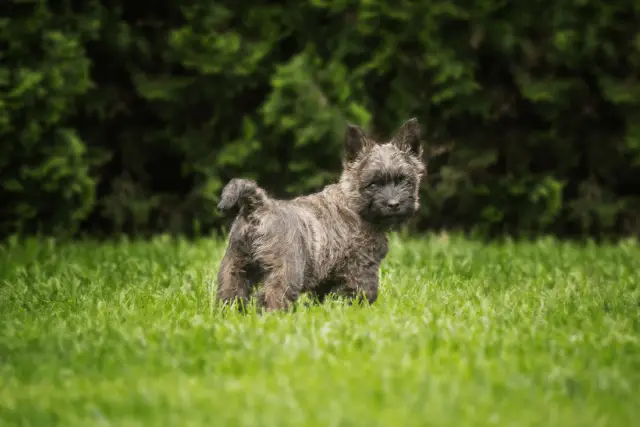
Cairn Terrier breeders
Since the Cairn Terrier is prone to several severe health issues, you must find a reputable breeder that produces healthy dogs. There are a few things you should look out for because some breeders focus on producing "working" Cairns. That means these dogs are better suited for work than for becoming family pets. Nevertheless, look for a reputable breeder that can get you a puppy with the best possible health.
World Dog Finder team

Updated at31.08.2023.
Breed History
Cairn Terriers first appeared in written history in the sixteenth century when James I sent a group of "Earth dogges" to France as a gift. Captain Martin MacLeod of Drynock refined the breed on the Isle of Skye around 200 years ago. They were primarily tasked with eradicating vermin, such as rats, mice, rabbits, and foxes, by hunting them. Their toughness allowed them to pursue badgers and otters despite any pain or injury they may have sustained, making them ideal for "sporting" pursuits.
There are several other Scottish terrier breeds descended from the Cairn, including the West Highland White Terrier and the Scottish Terrier. It wasn't until 1873 that two distinct breeds of Scotch Terriers were recognized: the Dandie Dinmont Terrier and Skye Terrier. "Westies" and "Scotties" were merely color variations of parent breed Cairn before further selective breeding of coat qualities and other features accentuated differences in coat qualities and other characteristics.
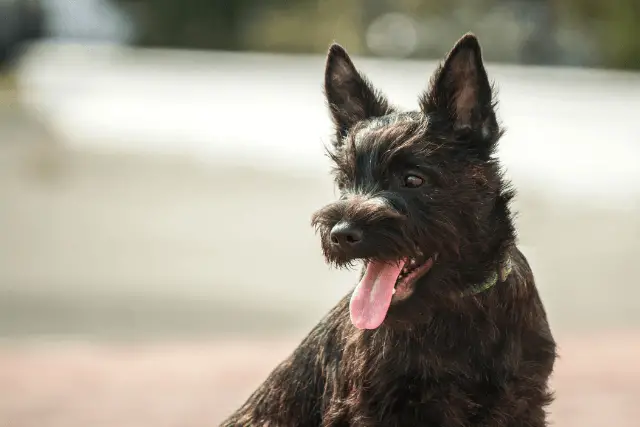
Confusion reigns as to whether or not the modern Skye Terrier is related to these other Scottish breeds.
Stone tombs in the dog's native land are called "Cairns," which served as a refuge for the vermin the breed was tasked with eradicating. As you can imagine, the Cairn Terrier got its name from these tombs. In 1912, the Kennel Club registered these dogs under this name.
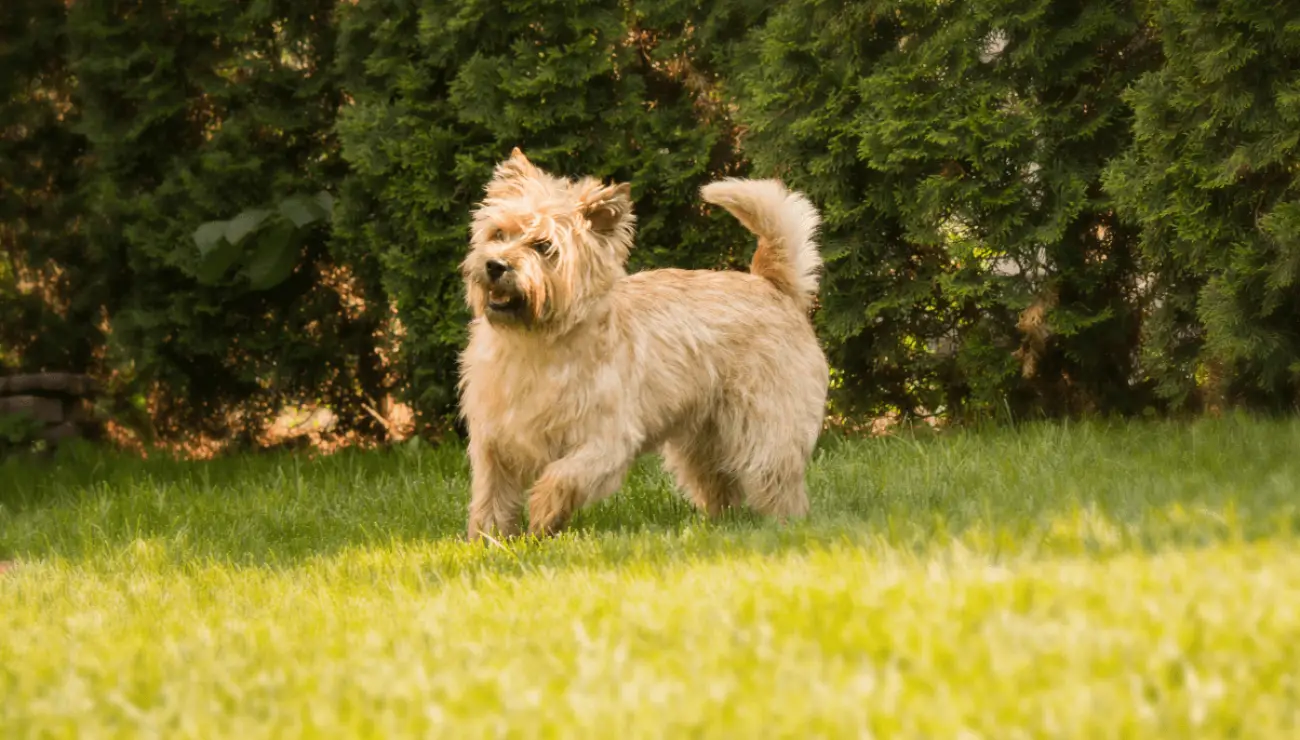
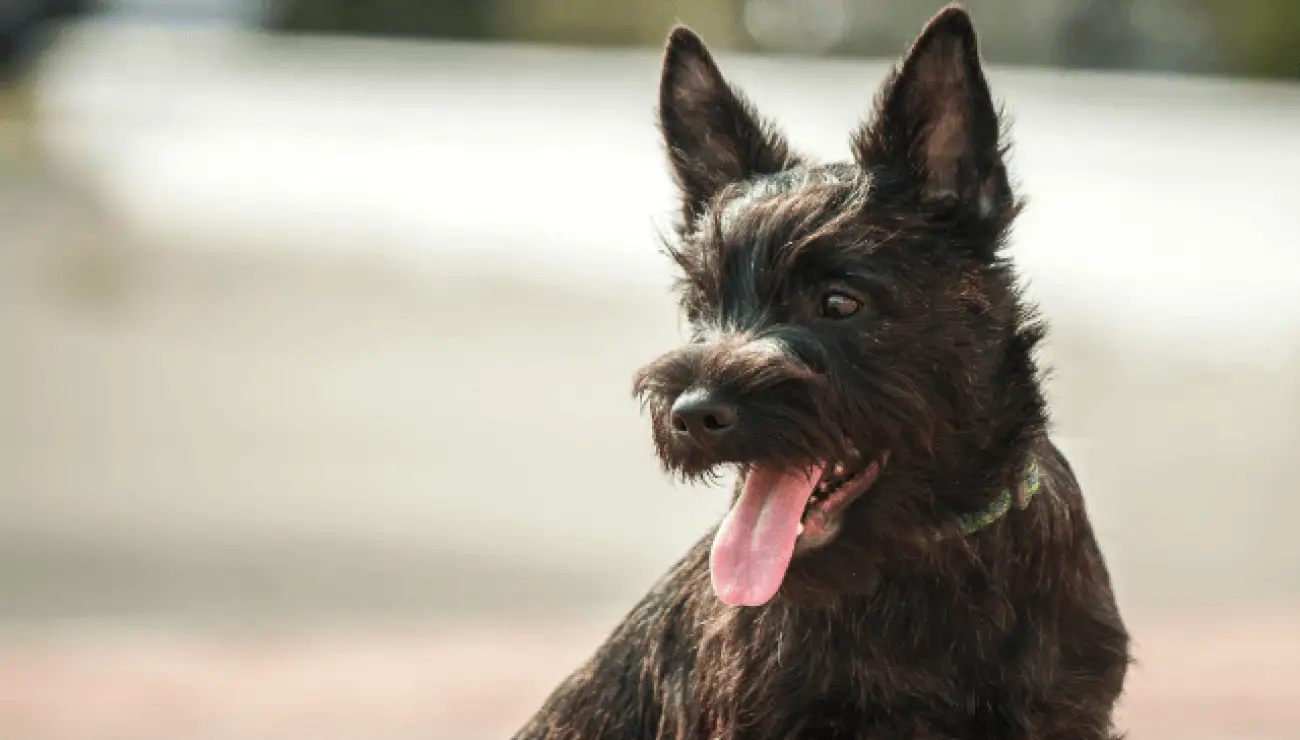
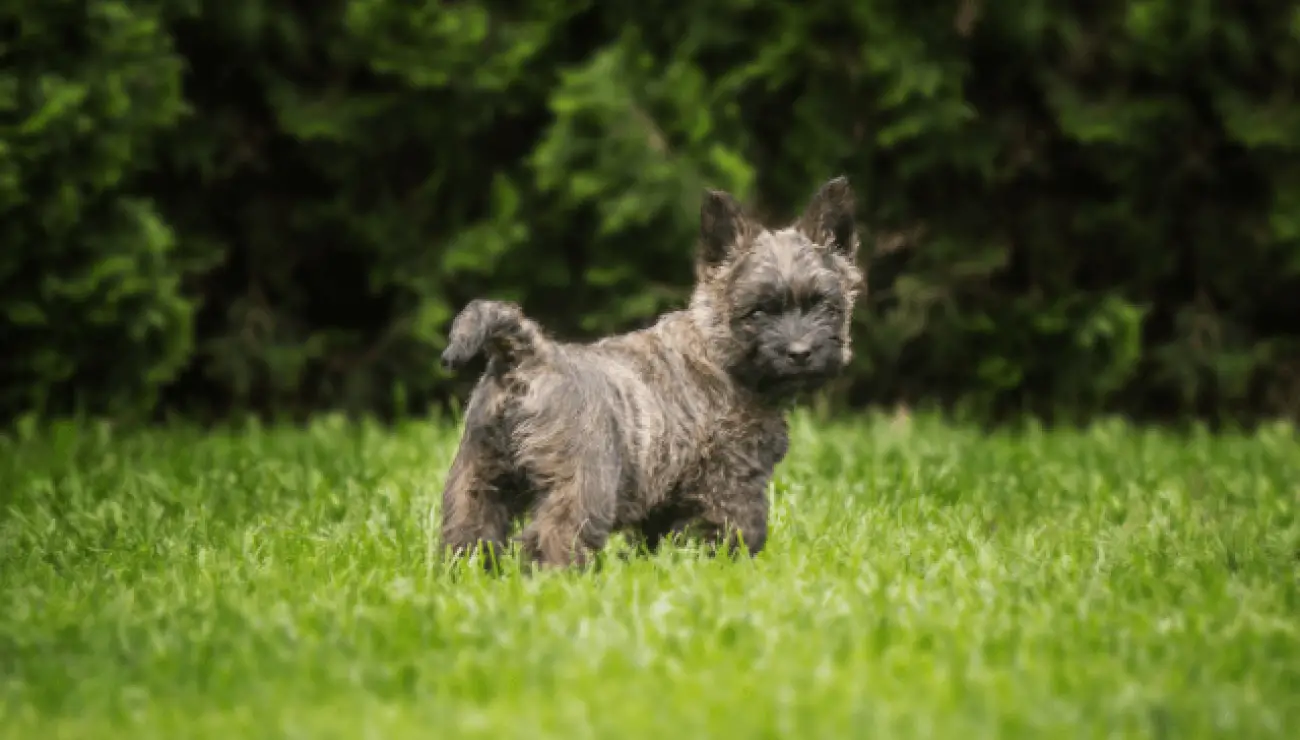
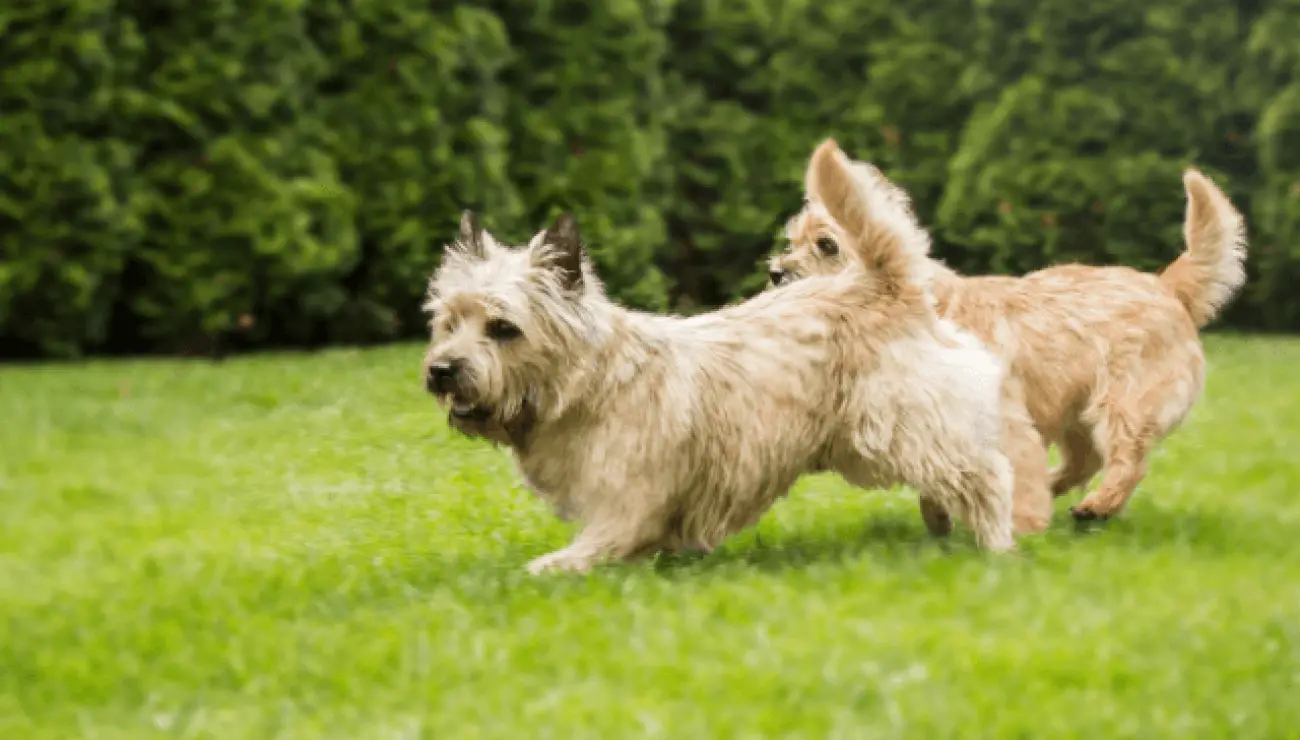
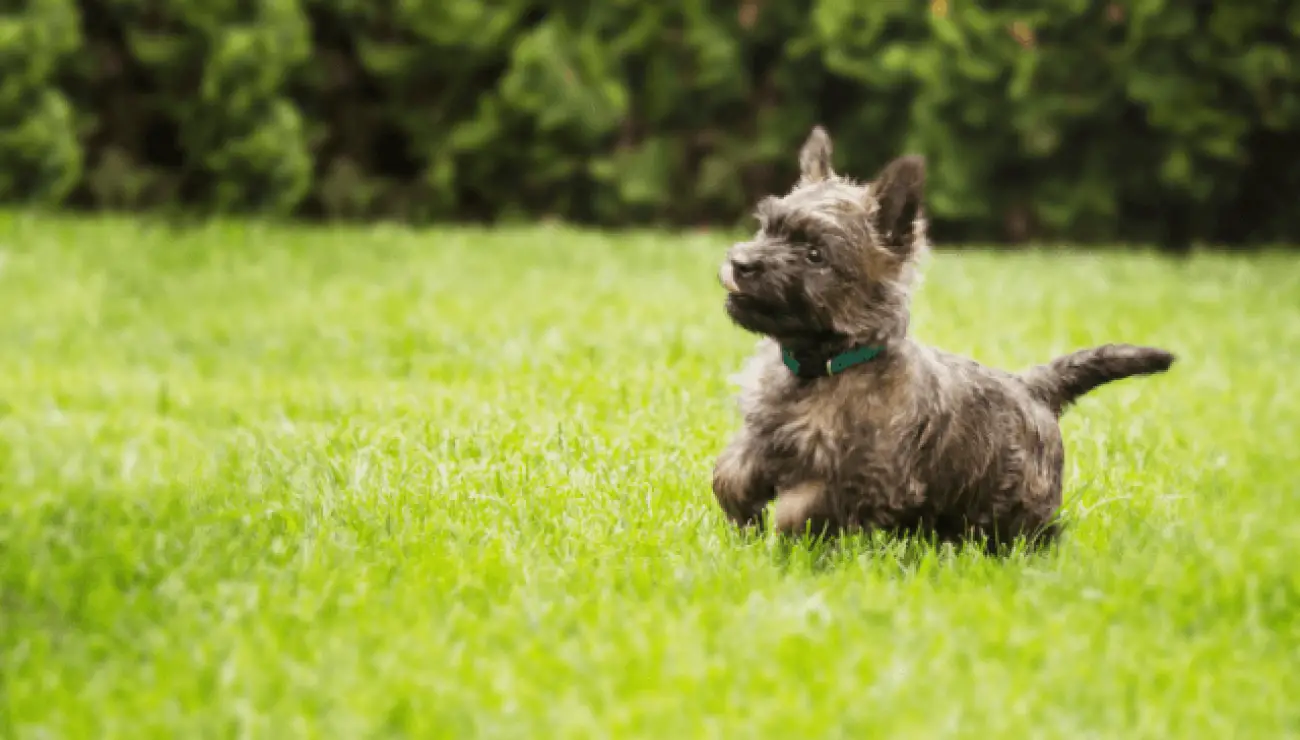
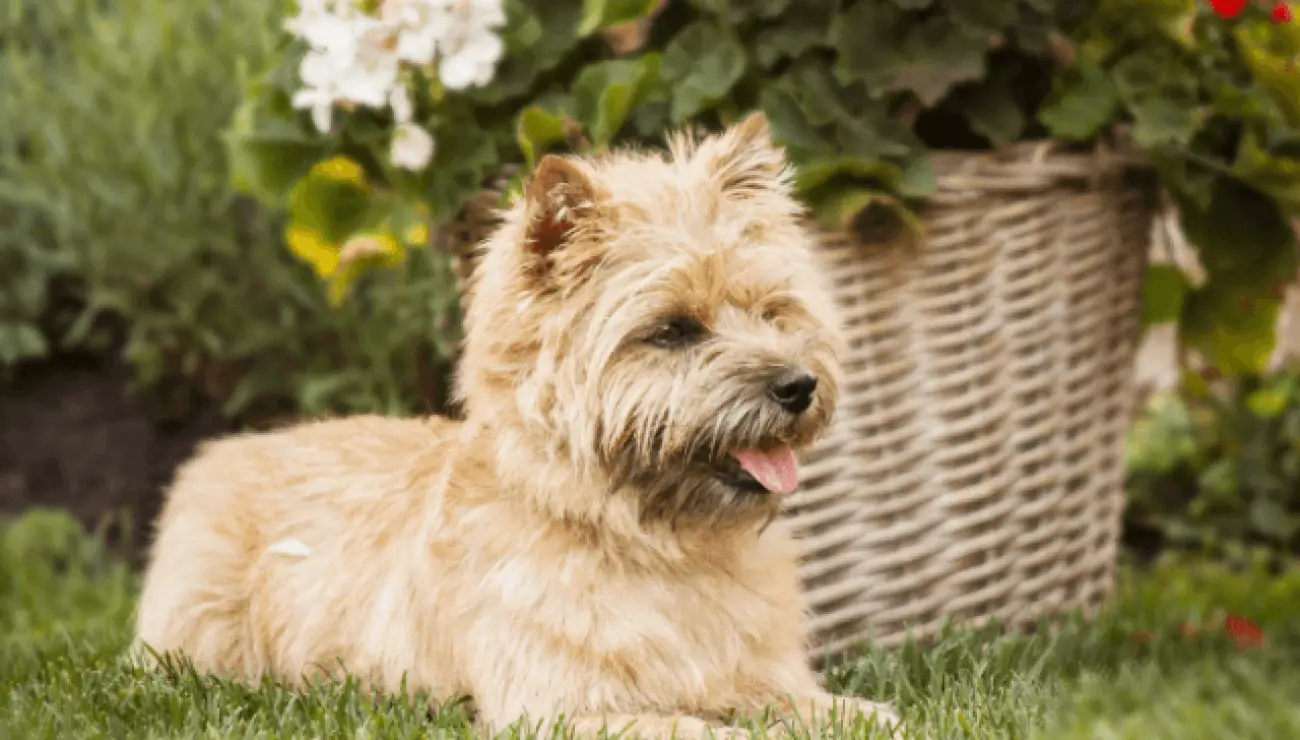
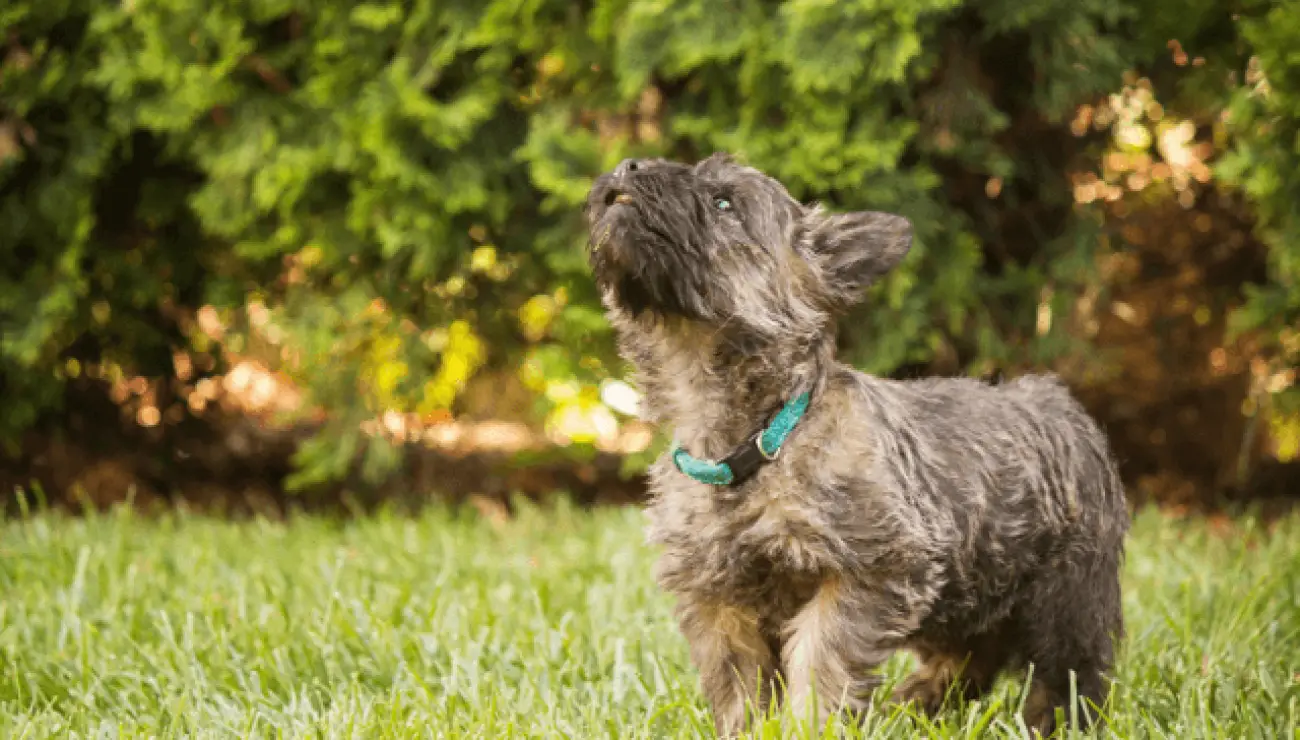
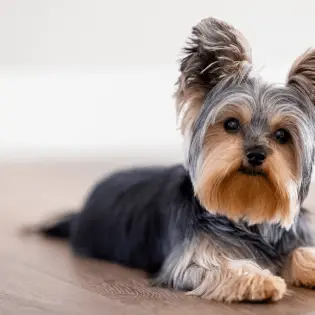
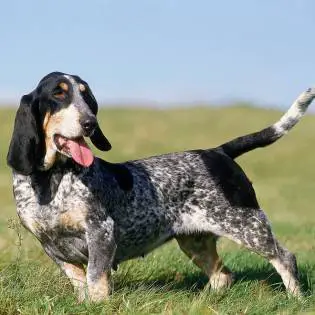
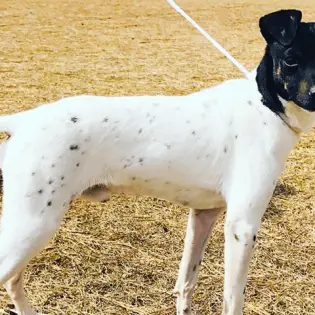
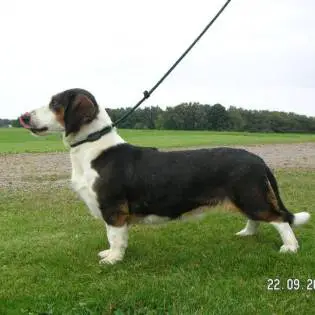
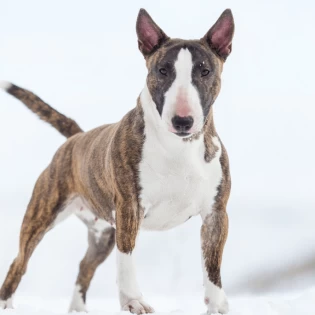
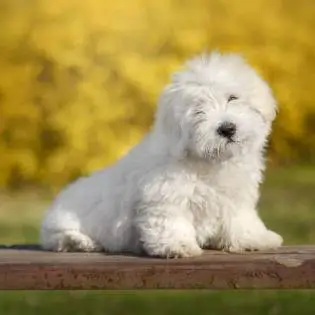
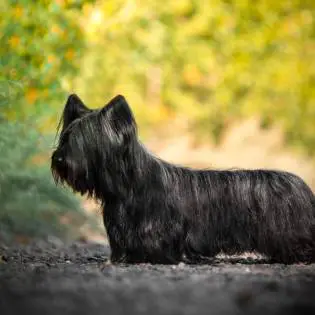
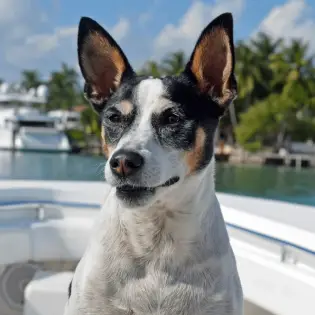
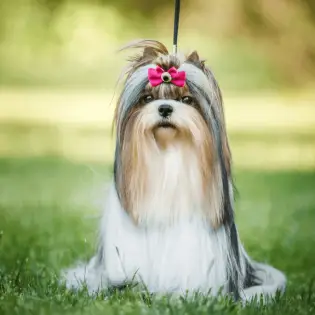
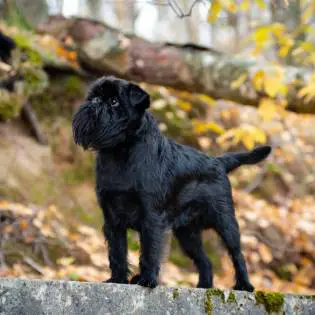

Share